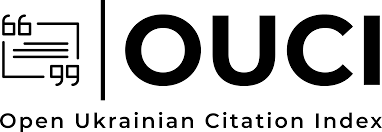Demographic and Temporal Patterns of COVID-19 Infection in Western Libya
DOI:
https://doi.org/10.54361/ajmas.258341Keywords:
COVID-19, Demographics, Surveillance, Epidemiology, Al-Zawiya, LibyaAbstract
This cross-sectional study investigates the demographic and temporal distribution of COVID-19 cases in Western Libya, based on data from 9,445 individuals collected by the Surveillance and Rapid Response Center in Al-Zawiya during 2021. The majority of participants were Libyan nationals (98.2%), with males representing 61.6% and females 38.4%. The overall COVID-19 positivity rate was 32%, indicating a considerable community burden. Gender-based analysis showed no statistically significant difference in infection rates, with males accounting for 46.8% and females for 53.2% of positive cases. This finding contrasts with global trends suggesting higher male susceptibility. Age-stratified data indicated that the highest infection rates were found among adults aged 31–50 years, the most socially and economically active demographic. In contrast, the lowest rates occurred among children under 10 years and adults over 90, likely due to lower exposure or testing coverage. Temporal analysis identified peaks in infection during October and December, which together accounted for over half of all positive cases. These fluctuations may relate to seasonal changes, public behaviors, or shifts in health policy adherence. Although the variation was only borderline statistically significant, the trend highlights the importance of continued surveillance to manage infection surges effectively. The findings underscore the need for targeted public health strategies, particularly for the most affected age groups and high-incidence periods. Additionally, the dominance of Libyan nationals in the dataset suggests a need to better include migrant and minority populations in testing and vaccination efforts. Limitations include the retrospective nature of the study and reliance on surveillance data, which may be subject to reporting bias and lack socioeconomic or clinical details. Future studies should incorporate these factors for a deeper understanding of COVID-19 transmission in Libya.
Downloads
Published
How to Cite
Issue
Section
License
Copyright (c) 2025 Ruqayah Kashim, Abdulhakim Al-Souai

This work is licensed under a Creative Commons Attribution 4.0 International License.















